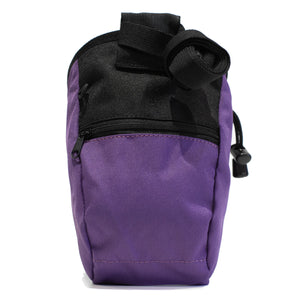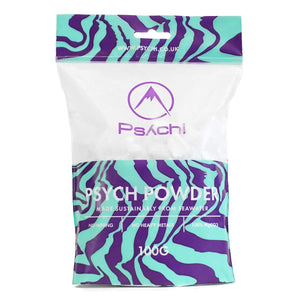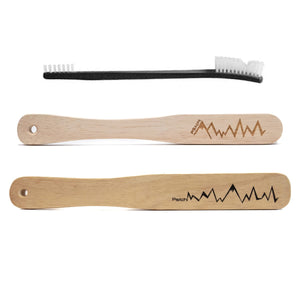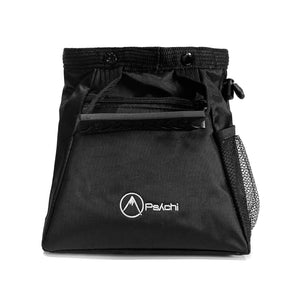7 Bouldering & Climbing Moves for Beginners in 2025
I'm guessing if you're arrived here it's because, like me you've caught the virulent and contagious climbing bug. After my first visit to a local climbing centre I'd say I was pretty much hooked on climbing from the get go and although back then doing the easy stuff was an intense challenge, my performance and ability improved significantly after I began learning to use my body to my advantage with a couple of easy to learn techniques.
Learning a handful of basic moves used during a climb helped me learn more about my body, my flexibility and what I can achieve through body shape and position. After almost five years of learning and refining skills you learn a lot about how your body moves and feels at different angles of incline. You think more about how your positions will change depending on whether you’re on a slab, vert or overhang; this is a knowledge base of micro adjustments, weight balancing strategies and foot positions, picked up and honed every time you make a move.
In this article, I will talk through a range of basic and intermediate climbing moves and positions, what they would be used for and how they can be applied and adjusted for bouldering or lead climbing.
Climbing Essentials
FLAGGING:
Flagging simply means the use of a free hanging foot to counterbalance your body weight, much like a cat uses its tail. This is the first move you should be attempting and utilising to aid in balancing on holds.

When people are new to climbing it can feel quite unnatural to only have one hand or foot on a hold but this can make ascending much more comfortable and less nerve wracking for the newer climber.
Try practicing this move low to the mat on bigger holds and as your confidence increases, work down to smaller holds. Sometimes a climb can appear to be quite difficult when sticking exclusively to foot holds, flagging against the wall and not on a hold can help with balance or may even open up more efficient pathways up the wall (also referred to as ‘beta’), play around with this move and test it out, definitely one to have well practiced.
FOOT SWAPPING:
There will be a lot of occasions when you’re running through a problem or a route where you need to change feet on a hold, it doesn’t seem like a big deal but swapping feet can be a tough thing to accomplish when you’re working through a hard sequence of moves (a.k.a; the ‘crux’) or a particularly powerful climb. Getting the movements for this down early are a must because the harder you want to climb, the worse your foot swapping conditions will become.
STEPPING THROUGH:
Similar to foot swapping, stepping through is where you will bypass swapping your feet on one foot hold and cross your free foot through to another foot hold nearby. This would be done in place of a foot swap if it expends less energy or leads to less time on more challenging holds. It’s a bit of a judgement call on whether to use a foot swap or a cross through but with practice and testing different variations of beta, knowing when to use either move is advantageous.
SMEARING:
Have you seen somebody at your climbing centre who can just stick their feet to the wall like there was a hold there? Smearing is the perfect way to add foot placement in if there isn’t a foothold there to use, in fact, at harder grades smearing becomes a requirement to completing a climb.

Smearing also has the benefit of helping to prepare you for outdoor climbing and the distinct lack of footholds real rock can have. The secret to smearing is pressure, smacking your whole foot onto the wall and hoping won’t quite get you there but applying pressure through the toe area of your shoes and directing that pressure by pressing your toes down will help you stick to the wall much better.
ROCK OVER:
Rocking over is all about keeping that ratio of balance and power regulated and even, go too hard and you’ll spin off or become unbalanced which makes completion of the move harder, don’t go hard enough and the move won’t go. Getting this move to work for you takes a combination of movement in the arms and shoulders as well as in your legs, moving everything necessary and in sync with each other is tough to start with but seamless once mastered. Remember though, confidence and commitment are major factors.
HEEL HOOKS:
One of the coolest looking moves you can have in your arsenal is the heel hook, use wherever possible to start with, if you think it needs one; heel hook it! Heel hooking is essentially using your foot and leg like an extra hand and arm, when applied correctly, a heel hook can provide extra guidance or stability on aggressive moves and help with resting, it’s a versatile move that anyone looking to improve their technical game should be practicing.

BRIDGING:
Sometimes you’ll find yourself climbing up a corner and you’ll have holds on both sides. Bridging means having a foot on a hold on either side of your corner. This kind of climb is usually quite leg and technique dependant, your hands and grip will mostly be for keeping you stuck to the wall while your leg muscles will be getting you up the wall.
*** These moves will be second nature to many but to the fresher faces of climbing, learning these moves and absorbing them into your own knowledge base will help you to not only improve your technical climbing much earlier on but will also develop confidence for more intermediate and advanced moves. Knowing the theory is one thing, getting on and practicing these skills is another and the moves may seem scary when you attempt them on the wall for real but with some determination, you’ll be cruising in no time.
By Gerard Savage-West





































